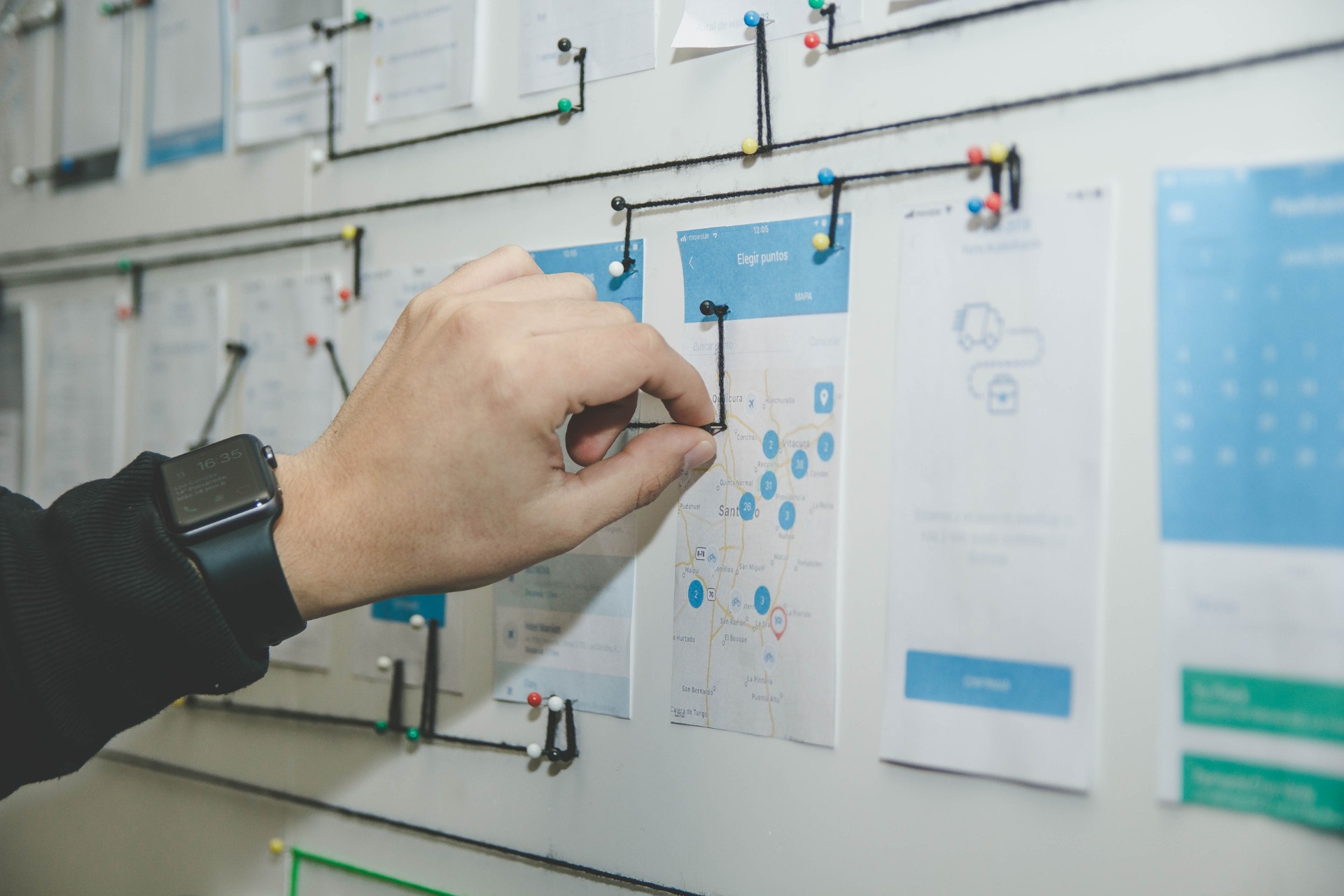What is a FRACAS (Failure Reporting Analysis and Corrective Action System) system for?
The objective of a FRACAS system ( Failure Reporting System and Corrective Measures) is to provide quickly and agile information to the person responsible for the safety of the operation , the maintenance team and, in general, all the stakeholders of the system. under analysis, on any failure or defects (and their possible associated causes) detected during the operation and service of the system .
The FRACAS system provides the record, evidence and action plans that are carried out in the event of system failures. It is very important, for example, for smaintenance companies keep records of failures and corrective measures implemented to demonstrate the diligence of their actions in the event of hypothetical catastrophes.
Therefore, the objective is to have a record of failures and problems including their prioritization according to their characteristics and the needs in terms of safety and reliability; identify; implement and verify corrective actions to prevent recurrence of failures ; provide new information to support future reliability analyzes and finally, provides incident count report summaries, providing data and metrics to measure RAMS and Quality parameters.

The Engineering RAMS not
only involves the use of tools for analyzing the reliability and
failure analysis, analysis of equipment degradation, accelerated life testing,
system simulation, etc., but also involves the use of tools and methods
management efficient, for example, in the operation and
maintenance phase. The FRACAS system is a clear
example.
The FRACAS system was first implemented in the industry aerospace and defense in the 70s and is considered an essential element in achieving, at that time, the reliability and maintainability of the systems of these industries.
From the 80s, seeing its important role, the organizations of thesDefense, aerospace, automotive and telecommunications industries invested millions of euros in developing proprietary tools to implement FRACAS systems in their organizations. In 1985, the MIL-STD-2155 standard was created , with the objective of standardizing the scope, definition and implementation of a FRACAS system .
With the advancement of computer
technology, FRACAS has evolved from a single-person,
paper-based tool to a multi-user, web-based, cross-platform
system. Therefore, we can easily see in the best organized companies,
maintenance personnel in the facility with tablets and their FRACAS
application for monitoring and reporting incidents.
Furthermore, it is no longer limited to simple fault reporting, analysis and correction, because formal management methods, such as 8D approaches , can be easily integrated into FRACAS software tools .
In the exploitation and maintenance phase of the life cycle of our product, system or installation (phase 11 according to CENELEC EN 50126), we must implement and maintain the FRACAS process for the acquisition and recording of RAMS performance data, as well as the analysis and evaluation data.
At a minimum, we will include the following data in our FRACAS system, for each of the incidents detected:
- Temporary identification. Date and time of the failure detection. Date and time of restoration of optimal operating conditions thanks to the correction of the fault.
- Situational identification. Failure detected during operation or during preventive maintenance.
- Cause of failure. Description.
- Detailed description of the fault.
- Failure classification: impact on security or availability.
- Effects produced by the ruling.
- Follow-up of the corrective measures adopted, including temporary measures and definitive measures.ias (this can be reinforced as an 8D type system or similariar).

It is very common to reach the
conclusion after a complete cycle of appearance and closure of a fault, that
processes or documentation used for operation and maintenance must be
updated, so such
as training of technicians, risk register of the exploitation, factors humans and even redesign of the system
itself. It is important to have organizations that promote these
relevant changes in the value chain of our system, always analyzing the impact
of the change in our valuation and operation / maintenance chain .
It is also important to bear in mind that the implementation of a FRACAS system will impact various departments of the organization, therefore, even being able to go against the most cultures and bases solidified of the organization, therefore, its implementation can be complex and even unsuccessful if it is not done with diligence and taking into account all the parties involved.
At Leedeo Engineering ,
we are specialists in the development of RAMS projects, supporting RAM and
Safety tasks at any required level, and both at the infrastructure or on-board
equipment level.
Are you interested in our articles about RAMS engineering and Technology?
Sign up for our newsletter and we will keep you informed of the publication of new articles.




